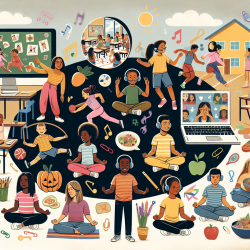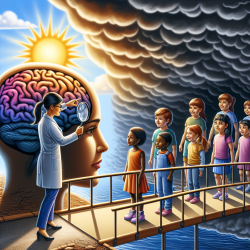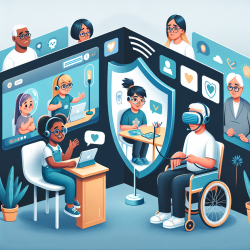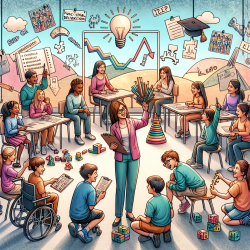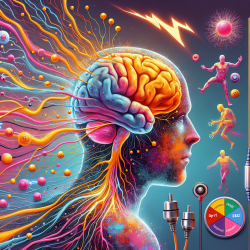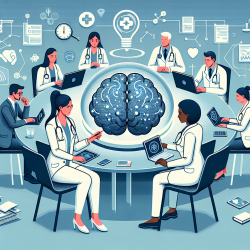Introduction
As a practitioner in the field of speech-language pathology, it is crucial to understand the intersection between health and education, especially when working with children. The research article "Whole Health Learning: The Revolutionary Child of Integrative Health and Education" presents a compelling case for integrating health and education to improve outcomes for children. This blog explores the key findings of the research and provides actionable insights for practitioners looking to enhance their skills and contribute to better outcomes for children.
The State of Children's Health and Education
The United States leads in national health spending yet lags in critical health measures. Chronic health conditions and mental health issues like anxiety and depression are on the rise among children. These challenges are exacerbated by adverse childhood experiences (ACEs), which significantly impact a child's emotional, mental, and physical health. The effects of ACEs extend into adulthood, affecting learning, behavior, and overall wellbeing.
Impact on Education
ACEs impact brain development, particularly in areas related to executive function, language development, and emotional regulation. This creates significant barriers to learning, as children struggle with emotional reactivity and perceive threats in educational settings. However, responsive pedagogy and educator awareness can mitigate these effects, emphasizing the importance of a supportive and safe learning environment.
Whole Health Learning: A Revolutionary Approach
The concept of Whole Health Learning (WHL) is introduced as a comprehensive, integrative approach to education. WHL is built on four key values:
- Preventive: Focus on proactive health promotion strategies.
- Context-centered: Nurture children within healthy families, communities, and schools.
- Relationship-based: Build trust and open communication to ensure optimal wellbeing.
- Participatory: Encourage active participation and empower children to take control of their health.
WHL aims to bridge the gap between health and education, creating sustainable, life-long emotional and physical wellbeing for students. By integrating wellness studies into the curriculum, students can develop lifelong habits that optimize health outcomes.
Implementing Whole Health Learning
The inaugural WHL pilot program at Lakeside Middle School in Millville, New Jersey, serves as a proof of concept. The program included mindfulness, nutrition, cognitive fitness, and nature education components, aligned with NJ SEL standards. Feedback from educators and students informed the program's implementation, demonstrating the importance of collaboration in creating effective wellness programs.
Call to Action for Practitioners
Practitioners can play a pivotal role in advocating for and implementing WHL in schools. By understanding the principles of integrative health and education, practitioners can support initiatives that address the complex needs of today's students. Collaboration with educators, families, and communities is essential to create a national public wellness infrastructure that fosters health-education partnerships.
To read the original research paper, please follow this link: Whole health learning: The revolutionary child of integrative health and education.
